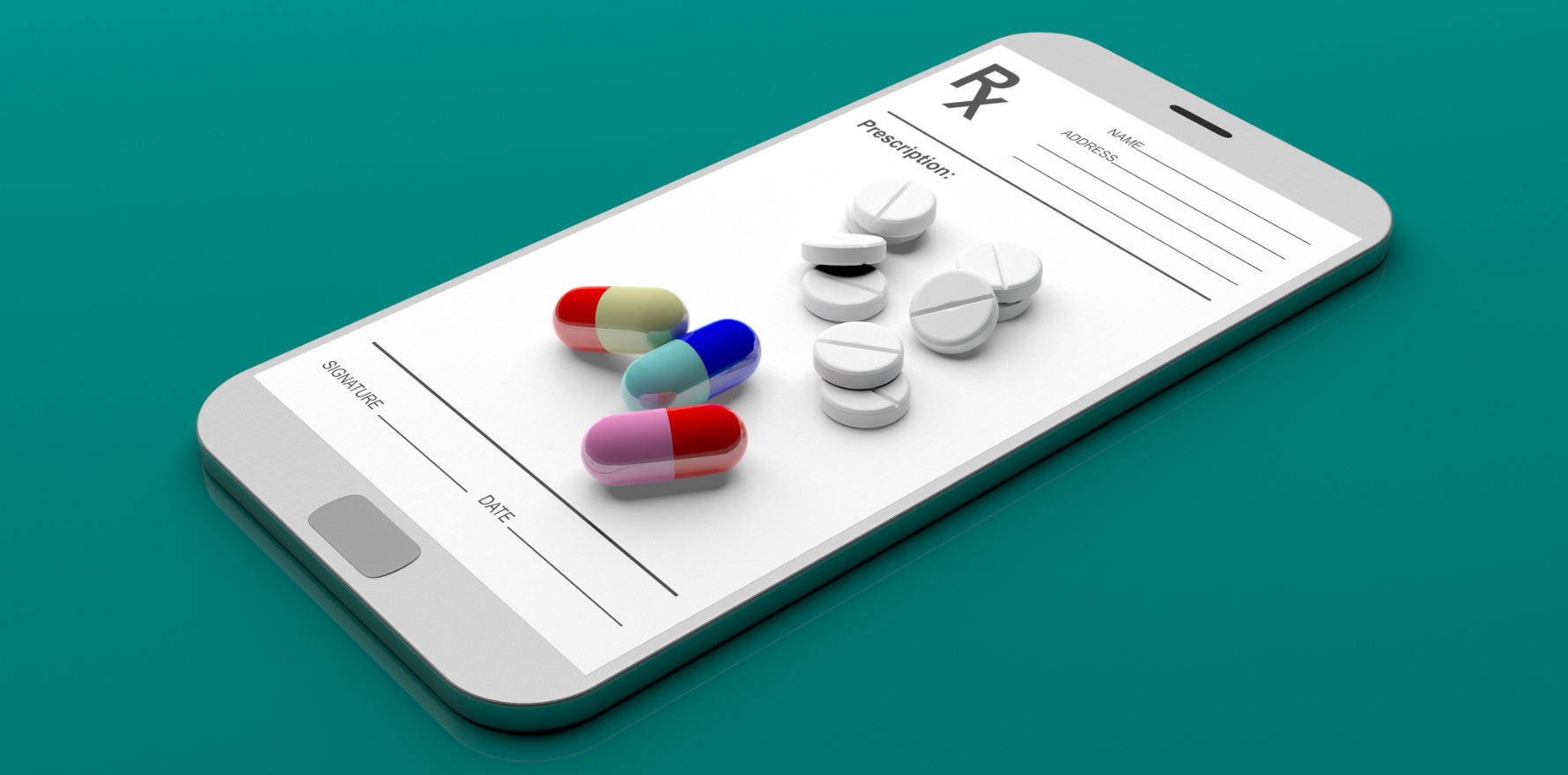It’s vital clinicians and other non-nerds engage with CSIRO’s Sparked group so we’re all singing from the same songsheet.
One of the densest and some might say most boring projects underway to transform our digital health capability in Australia turns out to be one of the most important, requiring widespread engagement from the likes of everyday clinicians and system administrators.
But how do you get very busy and highly stressed people to participate if your project is called “Australian Core Data Interoperability”? Especially when it’s all about reorganising how we codify and organise clinical data to get it all standardised in a manner that will lay the groundwork for all our digital platforms to talk to each other seamlessly far into the future?
I think I understand what is going on with Sparked now, and I regard it as a fundamental project for success in transforming Australian healthcare data sharing between providers and providers and patients. But whenever I read about it or watch a video, it’s still a bit intimidating – by the way, I did computer systems engineering at university and could even code once.
This week the Sparked group, an amazing gathering of individuals who really care about health data and understand that getting it organised much better will be fundamental to the system, released what they call “Australian Core Data Interoperability 1 (AUCDI-1)”.
- This story was first published by Health Services Daily. Read the original here, or sign up for a discounted GP subscription here.
With it came a call-out to the medical community to have a look and get engaged with the project, even a little, if they see anything that might end up a problem down the track or want to add something that will help now.
You can get a quick lesson on what AUCDI-1 is HERE on this Youtube video. It’s only 11 minutes long and it’s a good explanation but because this is a complex and dense project, it will be hard for some people to even get through the video.
But if you are clinician or healthcare provider of any other ilk, toiling away in any point of the system, who’d like things to be a lot smoother in a few years, you should give it a go. It’s going to make a very big difference to the future of how you share information with peers and other providers, and possibly even more importantly, your patients.
If Sparked gets this project right – and they are doing a pretty good job so far given how wickedly complex their task is, and that there is a bad history of politics around healthcare data and standards in Australia – it will lay a foundation for a lot of vital upstream technology platform projects the government has on the drawing board to help transform the system from a data-sharing point of view.
But how do you make AUCDI-1 sexy enough for clinicians and other key health professionals and even system administrators from across the board to have a peek and see if they see anything they think might be a bit off, or could be improved?
AUCDI-1 is the first shot at a document attempting to lay out the basics in terms of standardising how various health professionals record and share health data across the whole system. It’s a project with the specific aim of breaking down our current set-up in which we have significant fragmentation across various important silos of care, especially primary and tertiary care.
As things stand in Australia today, healthcare data captured in one system – say a GP patient management system, or a big hospital EMR – can’t be efficiently or accurately reused in another.
This is possibly Australia’s biggest healthcare system problem in terms of productivity and patient experience. It leads to massive redundancies and inefficiencies across the system, risks to clinical safety and quality of care, and huge opportunity cost in terms of improving care moving forward.
AUCDI – bad brand name, the nerds need a marketing expert to weigh in here – is essentially trying to establish a national consensus on clinical data requirements as a foundation for breaking down the silos and creating efficient and productive data flow across the system.
There are quite a few complex technical and political problems in the background for Sparked, one of which includes the fact that most of our technology vendors who supply the software and the platforms that need to talk to each other moving forward have a natural tendency to resist this change because for them it’s hard and expensive.
That’s not to say they aren’t taking part. Most of our big and good vendors are in there with Sparked helping. But it’s hard commercially for some and the sort of change to business models that a project like this can create can entirely destroy older technology companies whose business models can’t make the leap.
Sparked needs clinicians in there checking what is going on and being actively engaged across the board in how this project evolves as their main point of checking they are on track.
If you’re looking for more reasons to engage, this project is trying very hard to make your workload as a health professional much less frustrating and bureaucratic, and even empower you to significantly to improve the care journeys of your patients into the future.
Related
AUCDI-1 is starting on 10 modules which the good people at Sparked have identified as a foundational set to knock over in terms of priority importance to system efficiency and care delivery.
They are:
- Adverse reactions risk summary;
- Medication use statement;
- Problem/Diagnosis;
- Procedure completed;
- Vaccination administered event;
- Vital signs and Measurements;
- Biomarkers;
- Encounter – clinical context;
- Problem diagnosis;
- Tobacco smoking summary.

Recognise anything you do in there that you’d love the Sparked team to get right first time, or do you have something they might be interesting in adding?
Well, you’re going to need to do just a little work and go and browse the whole document quickly to see if you think they are getting it right and whether you have anything interesting to add to what they are doing.
You can do that HERE.
The gang at Sparked are now starting to look at what they might cover in AUDCI-2 – exciting!
You may have something to add to help them there too.
Whatever you do though, don’t ever look back in five years and complain about the new data and coding standards you have to use if you didn’t stop now and take the time to think really carefully about how they are evolving live now, and help directly.





